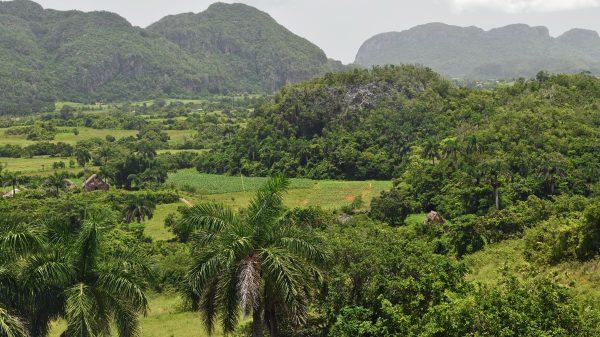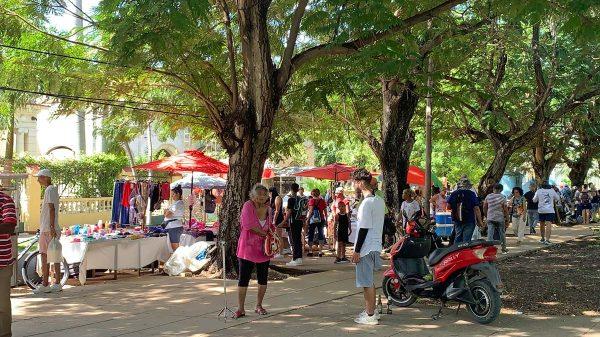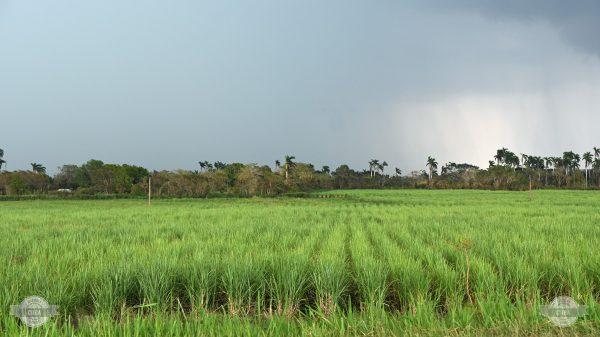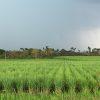The Director-General of Foreign Trade in Cuba, Vivian Herrera, recently stated that the agricultural sector represents around 40% of the total exports.
As a result of the decline of trade with socialist countries, export trade experienced an important structural change, wherein the service sector came to occupy the greatest weight in the island’s export balance.
Until the 1990s, sugar was the main agriculture export, representing almost 90% of total exports.
According to Cuba’s 2018 Annual Statistics Report, agricultural exports ranged between $2.3 and $2.5 billion, representing approximately 16-18% of the country’s total exports. Agriculture accounted for slightly more than $700 million in 2018 and $1 billion in 2017; 40% and 30% respectively of the country’s exported goods and 7% and 5% of its goods and services.
Although the export of goods in Cuba is currently low, the role this sector can play in improving the export and import balance is important especially in the midst of the government’s new economic strategy. The government has prioritized agriculture, important not only to feed people, but also to attract foreign currency.
The decision to promote agrifood is already in process.
According to a recent tweet from the Foreign Trade Minister Rodrigo Malmierca, the Frutas Selectas Company has begun exporting Persian limes and avocados to Spain, demonstrating the potential of the sector.
Approximately 85% of the land and 82% of the livestock in Cuba is managed by the private (25%) and cooperative sectors represent great potential for the economy.
Today, the cultivation of tobacco is in the hands of private farmers. Tobacco leaves are then purchased from the farmers and the actual manufacturing of the cigars takes place in the companies that purchase leaves from the farmers.
The marketing of rum and tobacco are the most prominent of agricultural exports. In 2018, are total exports of these two products reached 396.9 million dollars. Food exports stood at 215 million dollars. Sugar and sugar derivatives, fish and charcoal are promising.
The first task of Cuban farmers is to diversify other non-traditional agrifood products. It will only take one growing and harvest season to demonstrate results.

David Urra is the chief marketing analyst at International Consulting & Representation Services/Cuba (IcarusCuba). He has produced market studies for a wide range of Latin American, European and U.S. clients exploring market entry possibilities in Cuba’s IT, tourism, ranching, pharmaceutical and manufacturing sectors.














